Chris Hammer’s river of tears
Chris Hammer turned his hand to novels and sold millions. He hasn’t given up his campaign for the nation’s rivers.

It has been almost 17 years since I fired up my aged station wagon and ventured into the drought-ravaged Australian interior, the beginning of a journey of discovery, comprehension and bewilderment. I set out to learn about the rivers of the Murray-Darling Basin, the environments they nurture and the people who dwell by their banks.
I ended up appreciating so much more: the Indigenous connection to the rivers, the role the bush shaped in forging our national identity, the threat from climate change and the challenges that lie ahead.
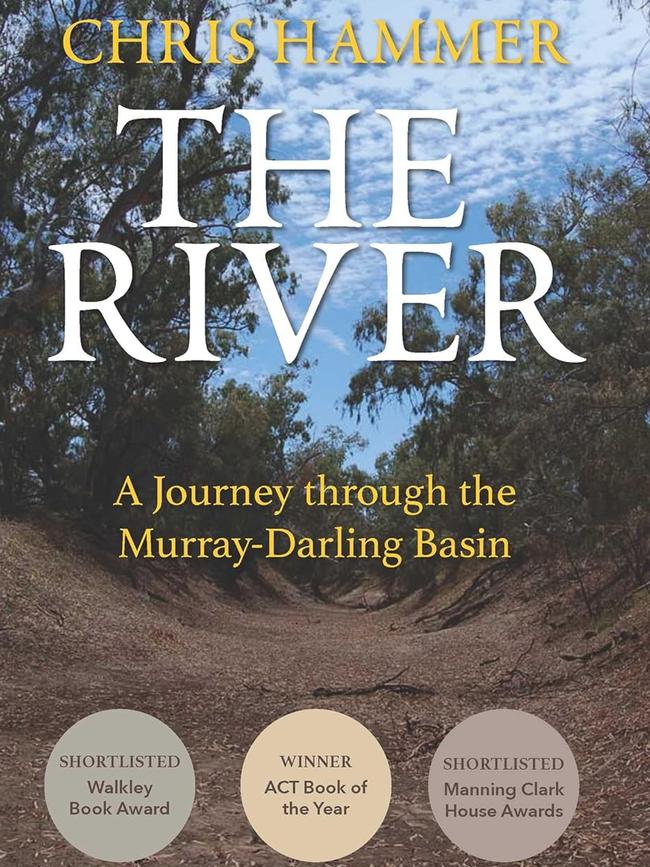
I travelled the Murray-Darling from its headwaters in Queensland to its mouth in South Australia at the height of the Millennium Drought. It was the most severe since European settlement, lasting for more than a decade. My journey – actually a series of journeys – took place over the summer of 2008–09, as the great dry reached its zenith. So I saw it at its worst, when irrigators were on their knees, farmers were walking off their properties and the spectre of suicide stalked the river towns.
It was a time when red gum forests were dying, ecosystems were collapsing and wildlife numbers were plummeting. The country, having burnt in 2003, burnt once more: 173 dead in Victoria’s Black Saturday conflagration. It was feared that South Australia’s lower lakes, near the Murray’s mouth, would evaporate past the point of no return, their residual water turning to battery acid, and that Adelaide would run out of drinking water.
During 2008, I’d been reporting on the environment for Melbourne’s The Age, and a big part of my task was covering the newly elected Rudd government’s plan to save the Murray-Darling. The debate was hijacked by vested interests: statistics were manipulated and weaponised, interstate rivalries were exploited, politicians ramped up their rhetorical sleights of hand. I wanted to get out there and see what was actually happening. My aim was to set aside the politicians and the lobbyists and the self-serving reports commissioned from expensive consultants. I wanted to find out for myself.
The drought itself was well-established by the time of my travels: it had begun in 1996 and by 2003, seven years in, the drought was proclaimed as the worst in recorded history. That was a year of bushfires: the year I witnessed Canberra burning – almost 500 houses lost along the capital’s western edge, four dead – the Snowy Mountains burning, the Victorian alps. And still the drought deepened. For much of southern Australia, 2006 was the driest on record. Crops died, forests burnt, topsoil blew away.
It was not until late 2010, six months after the first edition of my book was first published, that that great Pacific pendulum finally swung back from El Niño to La Niña, and floods replaced drought.
I had seen the country at a time when it seemed the drought might never end. But much of that is now forgotten. Complacency has returned. The dams are full and the rivers are flowing. Three out of the past four years have been cooler, wetter La Niñas, and Australia has greened once more. The farmers are taking off record crops, the red gum forests have revived, wildlife numbers are recovering, at least for most species.
But “cooler” has become a relative term, given that globally, 2024 was the hottest year on record, and the World Meteorological Organisation tells us the past 10 years are the hottest 10 on record.
For the moment, Australia’s luck is holding. As I write this, meteorologists are predicting yet another La Niña forming, the first such formation during the summer months in 75 years. The wetter cycle is undoubtedly better for Australia; most farmers and rural communities would prefer rain, even if it carries the risk of flooding, to the drawn-out torture of drought. So too environmentalists and firefighters. But look across the Pacific and witness the devastation unleashed on California in January 2025: Los Angeles burning, in the middle of winter, the land tinder-dry after years of La Niña-induced drought, the fires turbocharged by gale-force winds driven by a heating atmosphere. Regard California and despair, for at some point the cycle will turn, the pendulum will swing, and it will be Australia bearing the brunt of drought. Just how far and how hard it will swing is anybody’s guess. Climate change is lending momentum to this pendulum; the floods more intense, the droughts more severe. So perhaps this is a good time to revisit my travels during that summer. For what happened then will almost certainly come again. Maybe not the next drought or the one after, but it will come. Even before climate change, Australia experienced devastating dries, such as the Federation drought of the 1890s. The question must be, how much worse might the next one be, and are we better prepared than 20 years ago?
Some things have changed for the better, and some for the worse. The year I travelled the basin coincided with the infancy of the Rudd government, when political consensus on tackling climate change and addressing the problems of the Murray-Darling Basin seemed difficult but achievable. Malcolm Turnbull had replaced Brendan Nelson as opposition leader; political bipartisanship appeared possible. That was before Tony Abbott came into the leadership and deployed climate denial as a political wrecking ball.
Nevertheless, the Murray-Darling Basin Plan was passed into law in 2012, full of compromises and inadequacies, but at least something. Under the plan, more water is reserved for the environment, new infrastructure has reduced evaporation and seepage, the use and allocation of water has become more efficient. But the plan is inadequate, a half-measure. The Wentworth Group of Concerned Scientists states: “The Basin Plan falls well short of returning the volumes of water that science has shown are required for a healthy river, vast sums of taxpayer’s money has been wasted, and communities’ confidence in government has been shattered.”
Two things haven’t changed: first, under the Australian Constitution, power over the rivers belongs to the states, and they guard it jealously. Queensland, NSW and Victoria still resist water flowing from their rivers downstream into the main channel of the Murray. This leaves the federal government, of whatever political persuasion, with a weak hand, left to co-ordinate, to harass and to buy compliance with swags of money.
The second unchanged is the reliance on rain. The plan will be stress-tested only when the pendulum swings and the next great drought is upon us.
I learnt a lot writing this book, about Australia and about myself. One thing I discovered was that I like writing books, that there is something deeply satisfying in completing a considered and long-term endeavour compared to the reactive immediacy of daily journalism.
In the pages, you’ll find the inspirations and the settings for many of my crime fiction books. Read the chapter on Wakool, and you will find the landscape from Scrublands; in the chapter on the Barmah Millewa Forest you will find the location of The Tilt; in the description of water trading and irrigation you will find the seeds for The Seven. Just as I couldn’t have written this book without the years of journalism that predated it, neither could I have written my crime fiction without first writing The River and its companion book The Coast.
Extracted from The River: A Journey through the Murray-Darling Basin by Chris Hammer, Melbourne University Press, $36.99, available 14 May.
About the author
Chris Hammer, author of Scrublands, is one of Australia’s most popular novelists, but before he turned his hand to fiction, he wrote two books about the Australian landscape: The River (winner of the ACT Book of the Year), and The Coast.
Hammer’s reporting for The River and The Coast inspired much of his fiction. Characters he met along the way have become characters in his books, which are set on the landscapes he transversed.
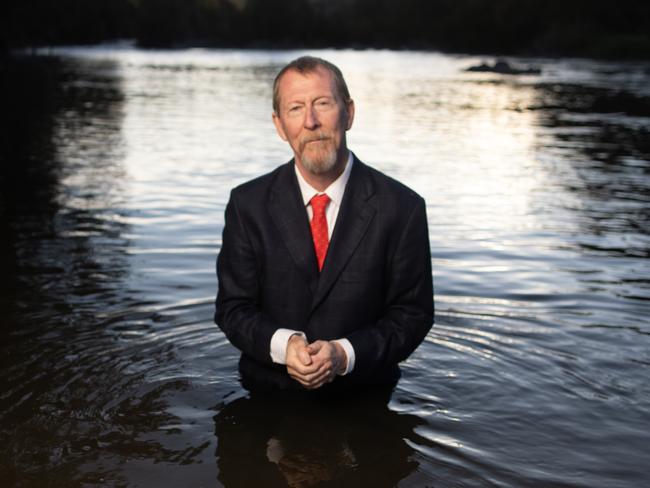
Scrublands was an instant bestseller upon publication in 2018, topping the Australian fiction charts. It’s since been adapted for screen. In Britain, it was named the Sunday Times Crime Novel of the Year 2019 and won the prestigious UK Crime Writers’ Association John Creasey New Blood Dagger Award.
Scrublands (and the spin-offs, Silver and Trust) feature troubled journalist Martin Scarsden and his partner, Mandalay Blonde.
Besides being a writer, Hammer has been a journalist for more than 30 years. He reported from more than 30 countries on six continents for SBS TV. In Canberra, roles included chief political correspondent for The Bulletin, senior writer for The Age and online political editor for The Age and The Sydney Morning Herald.


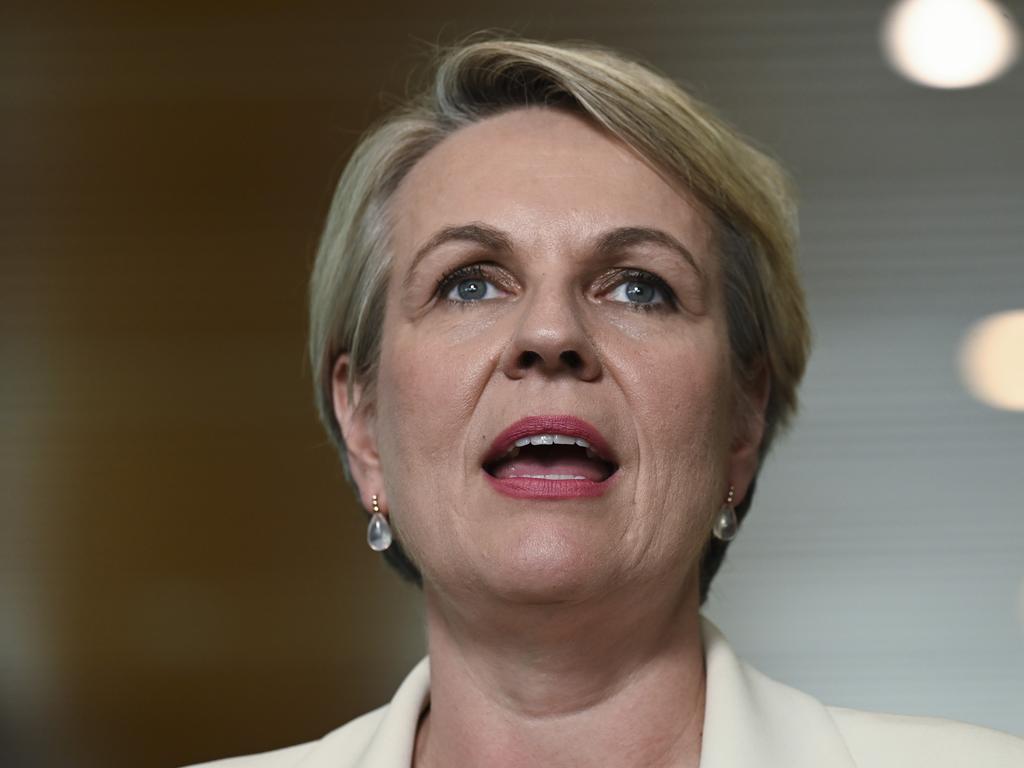
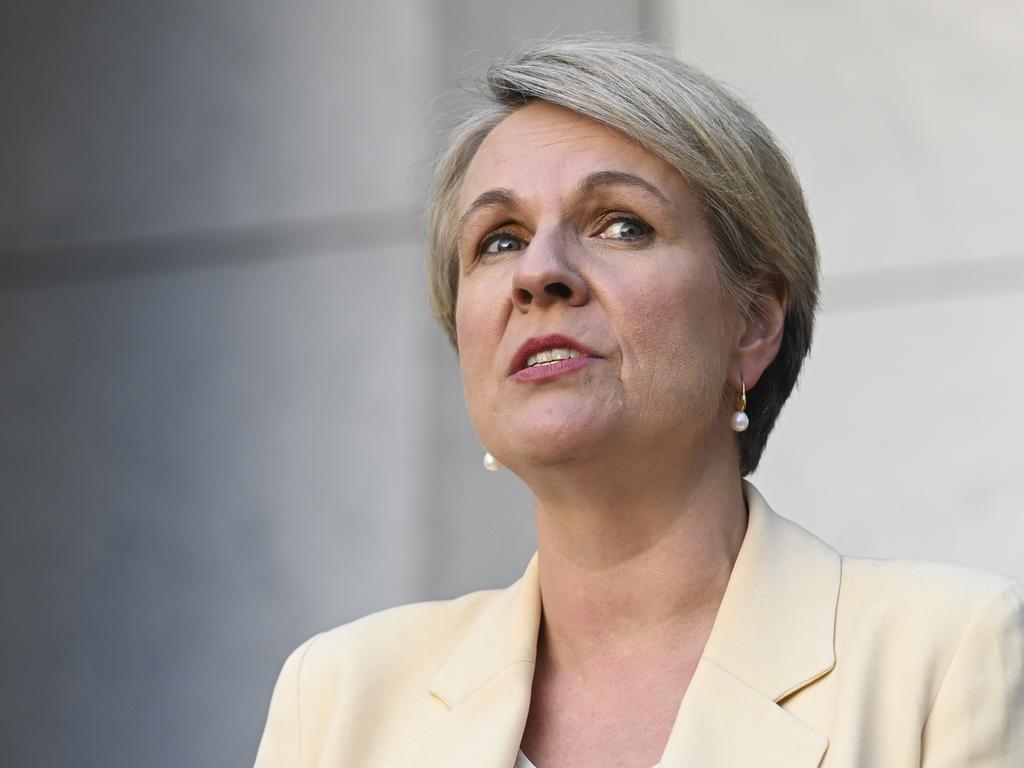
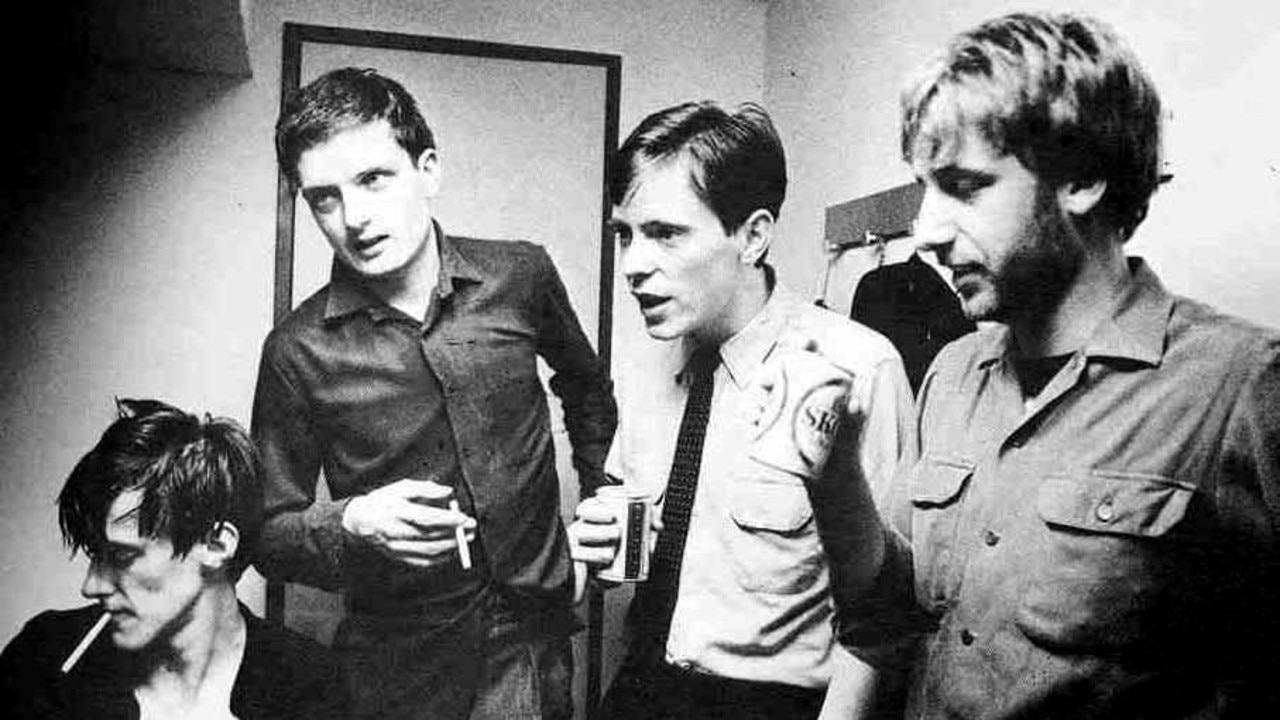
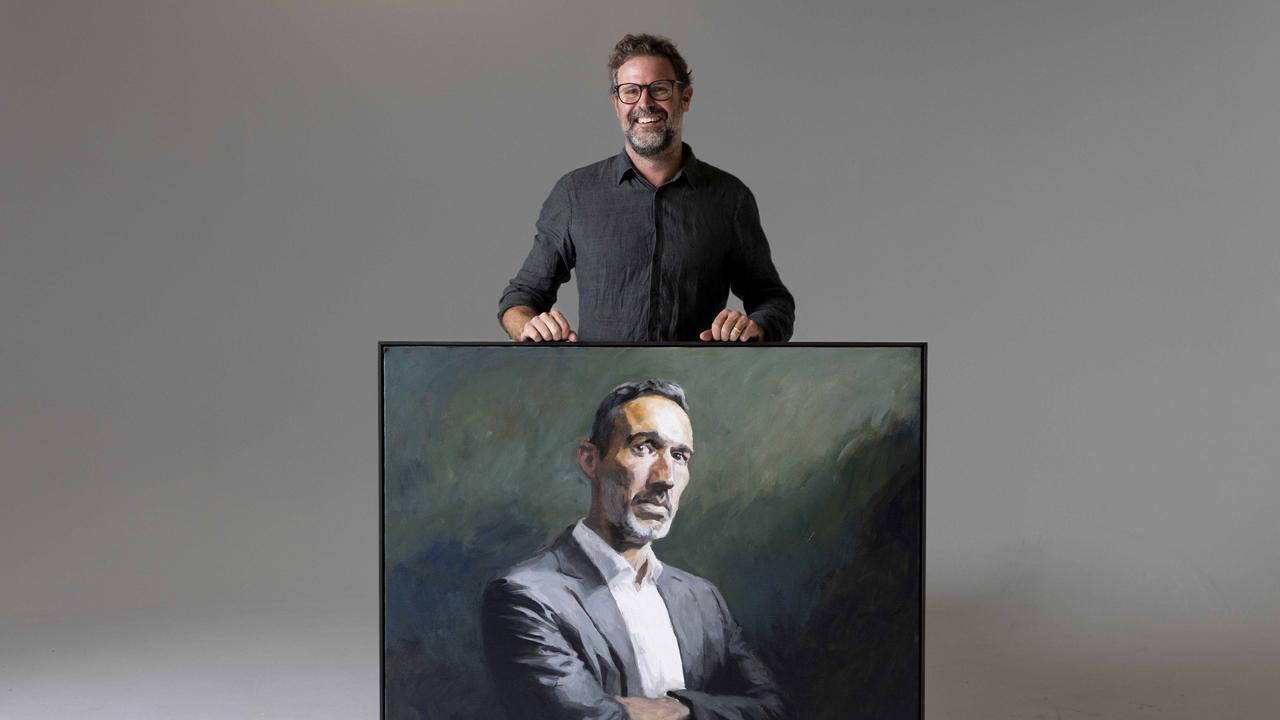
To join the conversation, please log in. Don't have an account? Register
Join the conversation, you are commenting as Logout